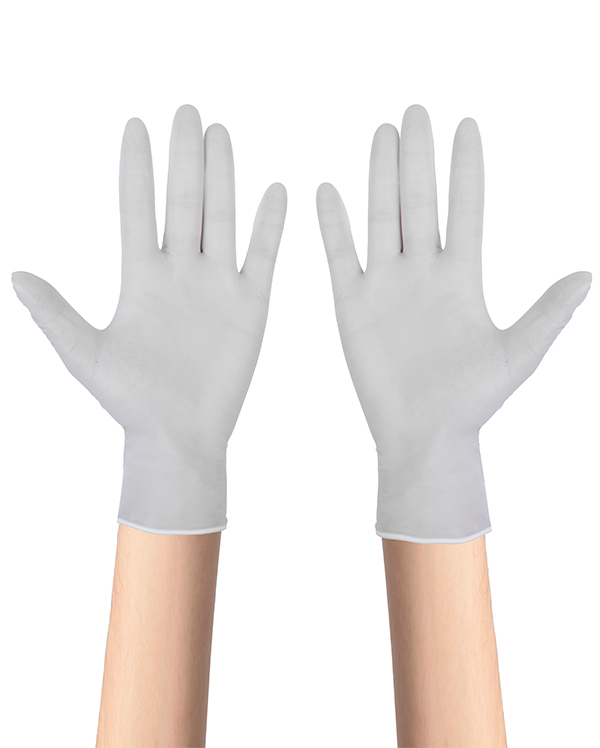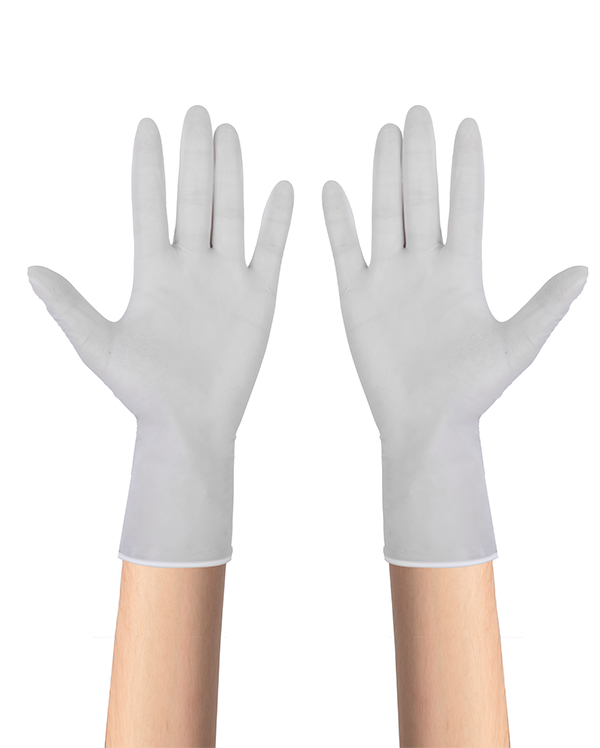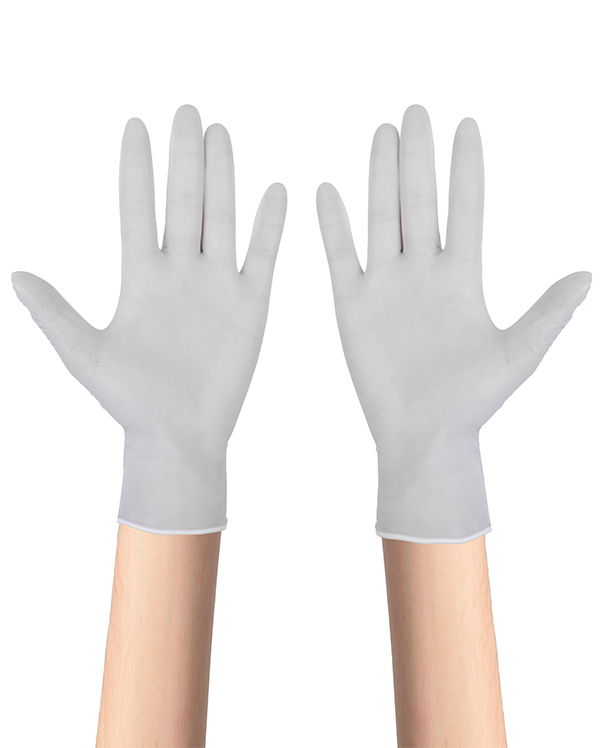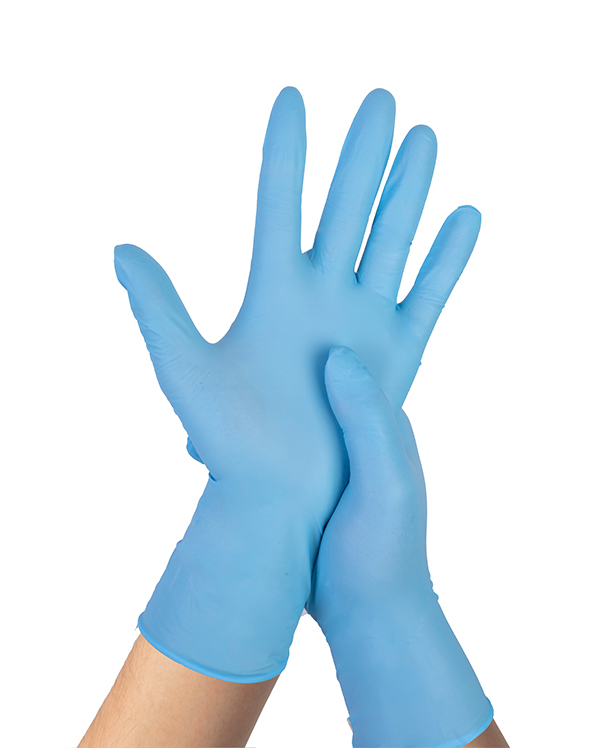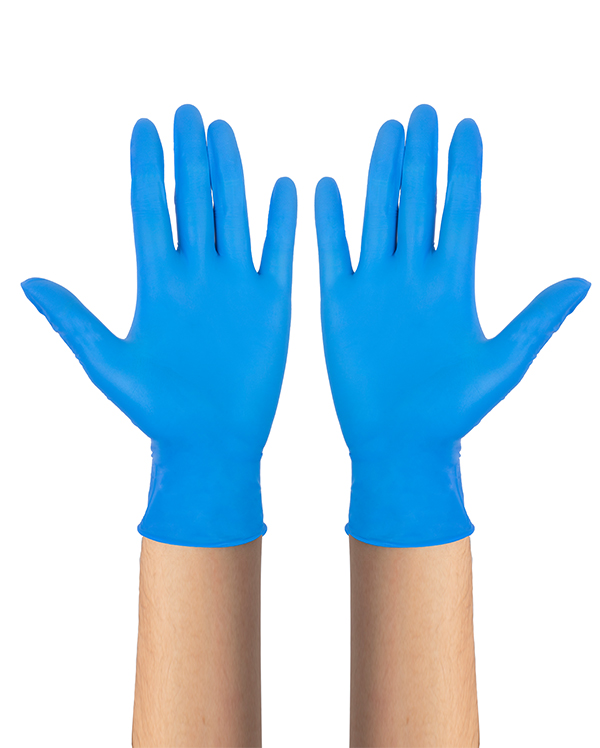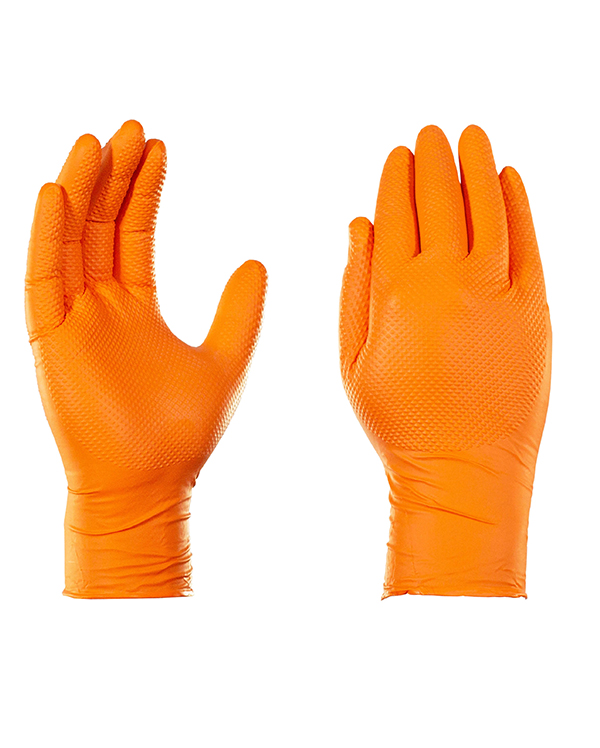Safety is always an indispensable prerequisite. In laboratories, the requirements for personal protective equipment are particularly strict. Among them, nitrile protective gloves are the first line of defense against chemical hazards and biological contamination. The standardization of their cleaning and disinfection is directly related to the health of experimenters and the safety of the experimental environment.
With the rapid development of technology, laboratory work has become increasingly complex and diverse, involving a wide variety of chemical substances and biological samples, which puts higher requirements on the chemical resistance, permeability resistance and easy cleaning of protective gloves. Traditional cleaning and disinfection methods may cause the performance of gloves to deteriorate due to improper operation, and even cause secondary pollution. Therefore, it is particularly important to formulate a set of scientific and efficient cleaning and disinfection specifications.
The new specification clearly states that the cleaning of laboratory nitrile protective gloves should follow the principle of "take off first, wash later, and classify and treat". After the experiment, the experimenter should take off the gloves immediately to avoid sweat and dirt accumulation caused by long-term wearing. Subsequently, different cleaning strategies are adopted according to the degree of contamination of the gloves.
For lightly contaminated gloves, they can be directly rinsed with running water or mild detergent to remove dust and stains attached to the surface. During the rinsing process, care should be taken not to allow too much water flow to damage the structure of the gloves. After cleaning, use a clean towel or paper towel to gently dry the surface of the gloves to avoid bacterial growth during the natural drying process.
For gloves that are severely contaminated or suspected of having been in contact with harmful substances, a more stringent cleaning process is required. First, the gloves should be soaked in a special disinfectant to ensure that the disinfectant can fully penetrate into the gloves and kill potential microorganisms. The choice of disinfectant should be based on the material of the gloves and the nature of the contaminants, and avoid using chemicals that may damage the gloves. The soaking time should be strictly controlled according to the instructions for use of the disinfectant. Too long or too short may affect the disinfection effect. After disinfection is completed, it is also necessary to rinse with clean water and wipe dry.
Disinfection is an important step after cleaning and is directly related to the safety of gloves for reuse. The new specification emphasizes that laboratories should be equipped with special ultraviolet disinfection equipment or high-temperature steam disinfection cabinets and other disinfection tools to thoroughly sterilize gloves. Ultraviolet disinfection has the advantages of high efficiency and no residue, but care should be taken to avoid direct exposure of ultraviolet rays to the human body; high-temperature steam disinfection can effectively kill various microorganisms, but the temperature and time must be controlled to avoid damage to the glove material.
In addition to strict cleaning and disinfection procedures, the new specification also puts forward subsequent management and maintenance requirements for gloves. The laboratory should establish a glove use registration system to record the use time, cleaning and disinfection times, and damage of each pair of gloves, so as to replace aging and damaged gloves in time. At the same time, the cleaning and disinfection equipment should be inspected and maintained regularly to ensure that it is in good working condition. In addition, the laboratory should strengthen the training and education of experimental personnel, improve their awareness of the importance of personal protection, and ensure that everyone can use nitrile protective gloves correctly and in a standardized manner.

 English
English  中文简体
中文简体
